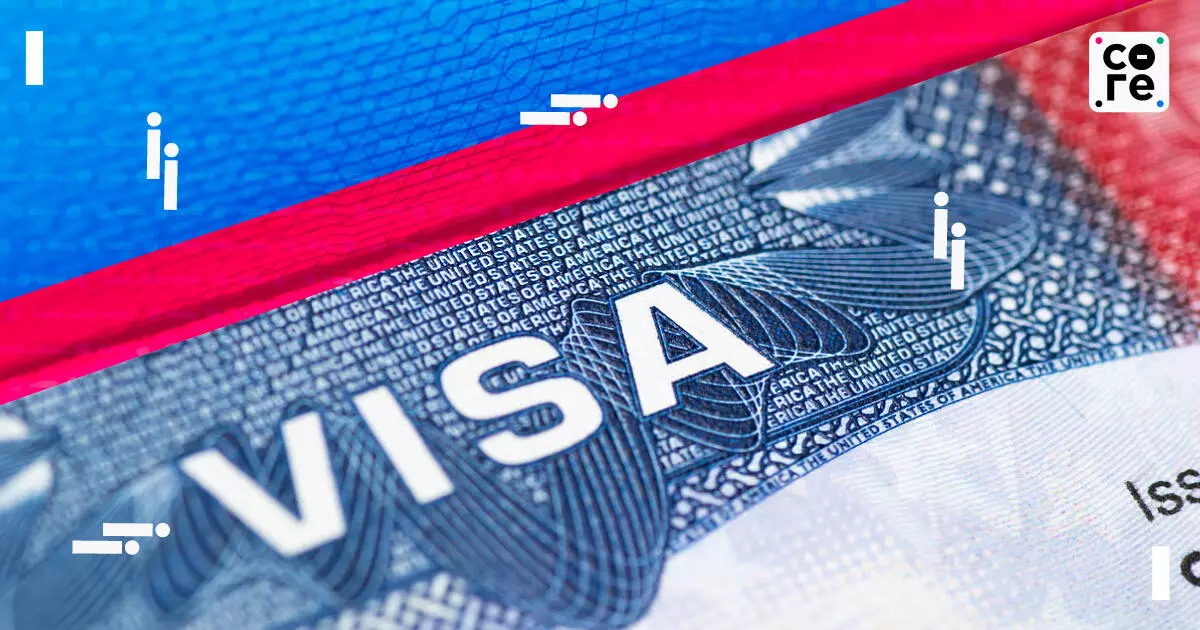
A Shiver Not A Shock: Indian IT Sector Will Survive The Visa Fee Hit
PM Modi pushes Swadeshi at “Bachat Utsav,” while Trump’s visa fee hike may keep Indian techies home, boosting local consumption.

The Gist
As the Indian IT sector evolved post-Y2K, it encountered both growth and hurdles, including the 2008 financial crisis.
- Despite challenges, the industry has thrived, with major firms like TCS employing hundreds of thousands.
- Recent trends indicate slowing growth and potential job losses due to automation and AI advancements.
- New H1B visa guidelines may further complicate onshore operations for Indian IT professionals.
The year 2000 or Y2K as it is fondly remembered, was a turning point for the Indian information technology (IT) services industry.
A global scare that computers would freeze up on the night of December 31, 1999 triggered waves of anticipatory business for Indian IT companies. As January 1, 2000 came and went, the computers transitioned without any incident. No planes fell out of the sky, as some had warned.
The Indian IT sector proved its mettle in keeping systems for critical functions across the world running, from banking to telecom to retail. Whether anything would have happened at all when the computer clocks transitioned, we would never know. But Indian IT got a solid foot into the global IT services market.
Soon, questions were asked about what was next. Would Indian IT be able to sustain the momentum that Y2K created? What is the future for TCS and Infosys? Not that it would cease to exist, but could the industry grow like it had so far, and stay relevant?
The $224 billion industry faced several near-death moments, including the global financial crisis in 2008 and the shift to digital a few years ago. The industry survived and grew.
To the point that along with BPO, according to some estimate...
The year 2000 or Y2K as it is fondly remembered, was a turning point for the Indian information technology (IT) services industry.
A global scare that computers would freeze up on the night of December 31, 1999 triggered waves of anticipatory business for Indian IT companies. As January 1, 2000 came and went, the computers transitioned without any incident. No planes fell out of the sky, as some had warned.
The Indian IT sector proved its mettle in keeping systems for critical functions across the world running, from banking to telecom to retail. Whether anything would have happened at all when the computer clocks transitioned, we would never know. But Indian IT got a solid foot into the global IT services market.
Soon, questions were asked about what was next. Would Indian IT be able to sustain the momentum that Y2K created? What is the future for TCS and Infosys? Not that it would cease to exist, but could the industry grow like it had so far, and stay relevant?
The $224 billion industry faced several near-death moments, including the global financial crisis in 2008 and the shift to digital a few years ago. The industry survived and grew.
To the point that along with BPO, according to some estimates, India controls more than 90% of the global outsourcing market.
Though the ground has shifted in recent years.
Many IT majors have been reporting consistent slowing in both topline and headcount.
At one level, this is not so surprising given the high base. TCS employs over 600,000 people and is the country’s largest private sector employer. And there is artificial intelligence (AI) which will surely hit headcount further as automation takes over more manual jobs and processes, including coding.
Which brings us to the latest H1B guidelines announced over the weekend that will force companies to pay up to $100,000 for every fresh H1B visa issued. There is no doubt that it will put brakes on Indian IT professionals’ ability to work with clients onshore in the US. It will also make executing projects tougher.
But Indian IT has had to reckon with resistance to engineers being shipped from India for several years.
Large Indian IT companies have recognised that as responsible global multinationals they must grow with local talent and also endear themselves to the communities they work in.
This has been happening for some time now.
While there may not have been specific intelligence on the $100,000 visa rule, every Indian tech CEO, including many I have spoken to, has been bracing for some version of this crackdown for several years now.
The other trend to note is of global capability centres or GCCs. There are over 1,700 GCCs operating in India, or captive centres for global multinationals. Many multinationals who run GCCs today actually started out working with large Indian IT companies and then switched to setting up their own captive centres.
A few weeks before Trump first announced his reciprocal tariffs in April this year, McDonalds, a brand that the President of the United States has selflessly promoted, announced a 2,000-seater GCC operation in Hyderabad.
No doubt, some Indian engineers will be disappointed as their pathways to migrate to the United States shrink.
But their fortunes or misfortunes now will have little bearing on India’s ability to source and grow technology-led businesses from world over. Particularly as more opportunities open up at home, including with the GCCs.
Unlike Trump’s other tariff shocks, this is one that India’s IT industry has been prepared for some time now.
PM Modi pushes Swadeshi at “Bachat Utsav,” while Trump’s visa fee hike may keep Indian techies home, boosting local consumption.

